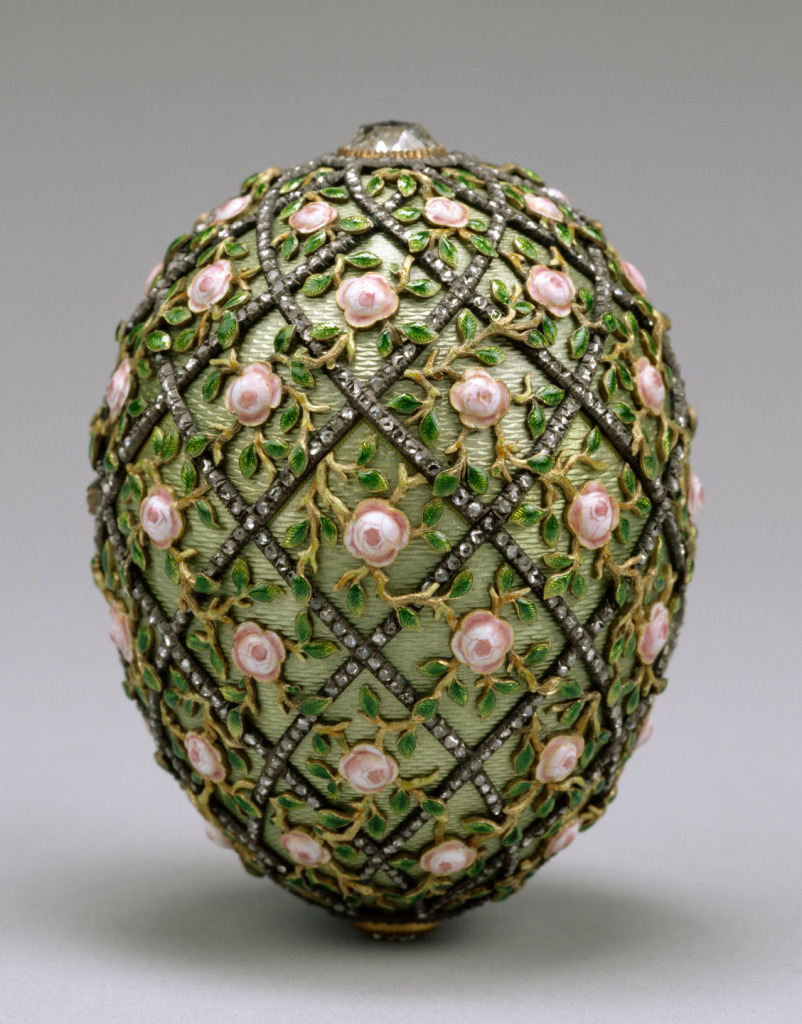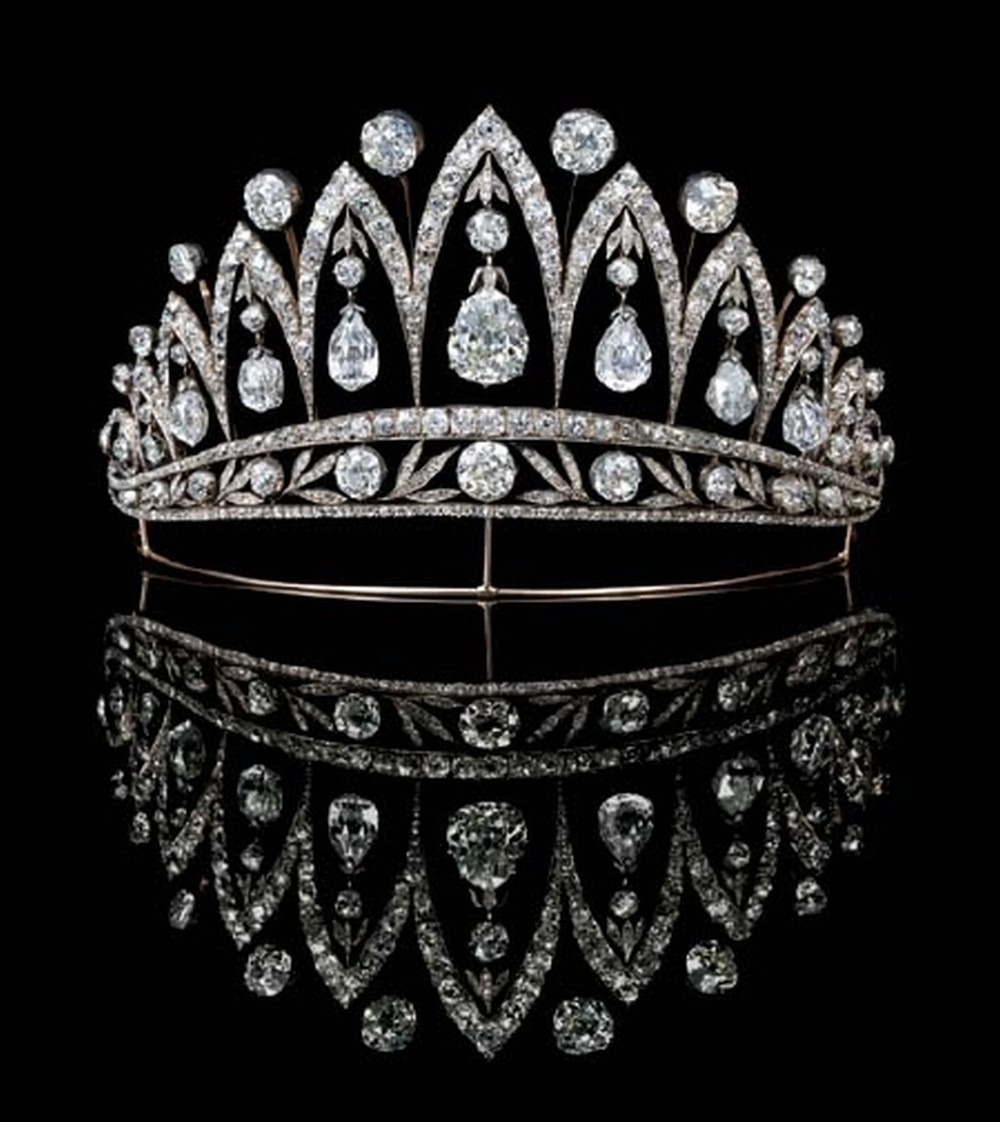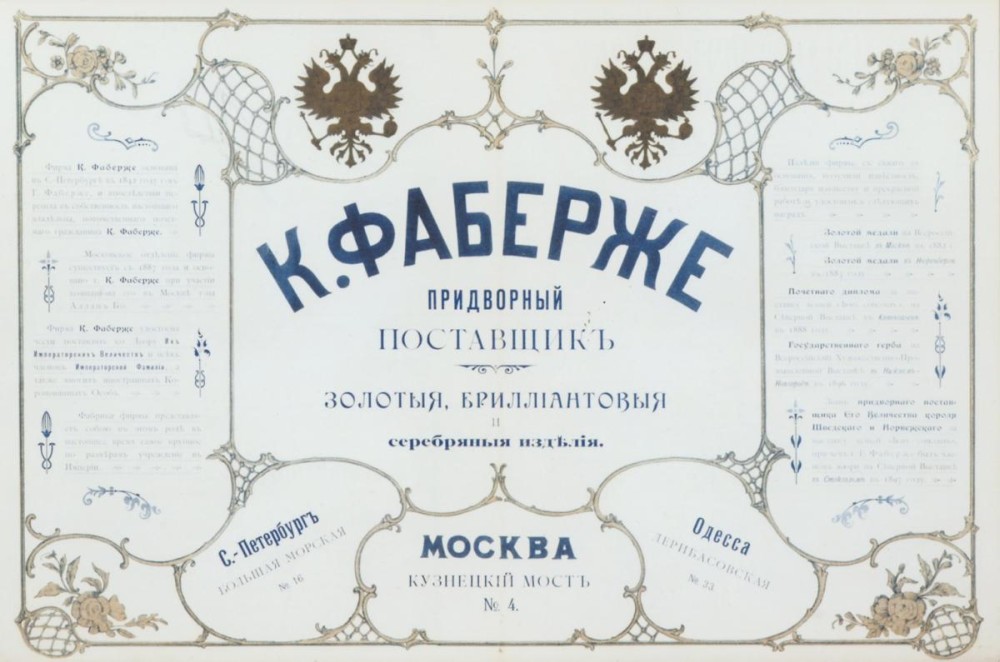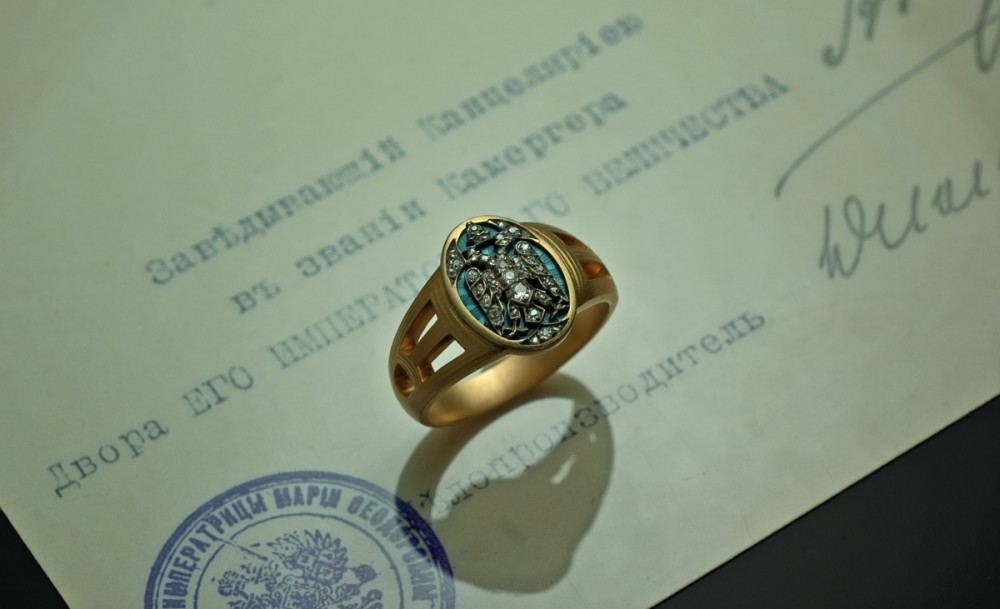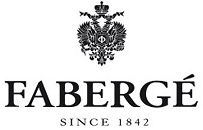
Fabergé
The leading jewellery brand in Europe at the beginning of the XX centuryAt the beginning of the XX century the House of Faberge, founded in St. Petersburg in 1842, established itself as a reputable international company with branches in Moscow, Kiev, Odessa and London. Of all the jewellery firms in the world, only the French houses Cartier and Boucheron could match Faberge in terms of orders and sales.
The House of Faberge
was founded
- Established
1780 - Established
1790 - Established
1829 - Established
1847 - Established
1858
- St. Petersburg
- Moscow
- Kiev
- Odessa
- London
The books of the Ministry of the Imperial Household show Faberge competing for imperial orders with the better known Russian jewelers Edward Bolin, Frederick Kehl and Leopold Tseftingenom. In the middle of the XIX century the House of Faberge’s share of Court orders was negligible, but it grew steadily over the years.
First and foremost, the name Faberge is famous for its Easter eggs.
the Hen egg
Faberge produced its first egg, the Hen.
Today it is in the Faberge Museum
in St. Petersburg
-
In 18854,151rubles -
Today
the equivalent of5,4million
rubles
the Rothschild egg
The Rothschild, Faberge’s most expensive egg, was produced at a cost of $18.5 million US. Today it is housed in the Russian National Museum (a private museum in Moscow)
Today
price
USD
the Twilight egg
The Twilight egg. Now in an anonymous private collection (purchased by an agent Herr Attinger in Zurich, Switzerland, 1976)
unknown
The first egg was commissioned by Alexander III in the spring of 1885. It was the interpretation of the Danish Easter egg (now kept in the Rosenberg castle in Denmark) that would remind his wife, Empress Maria Feodorovna (nee Princess Dagmar), of her distant Danish homeland. Having received her present, the empress asked that she be given an Easter egg every year. This quickly grew into a tradition of the Russian imperial court. Each egg was created as a complete original.
-
17 eggs
for
private clients -
71
Only 71
were created -
54 eggs
for
the Romanovs
An important era in the company’s history began in 1894, when a Faberge necklace was chosen as an engagement present by crown prince Nicholas, the future Emperor Nicholas II, for his bride-to-be, Princess Alice of Hesse-Darmstadt. The diamond and pearl necklace cost 166,500 rubles (about $5,000 US). From that time on the company rapidly developed into one of the leading jewellery houses in Europe.
-
25eggs
Russia
-
22eggs
USA
-
4eggs
Great Britain
-
3eggs
Switzerland
-
1egg
Germany
-
1egg
Monaco
-
1egg
Lichtenstein
-
1egg
Australia
-
1egg
France
-
11eggs
whereabouts
unknown
The beginning of the XX century saw the French Cartier and the Russian Faberge in fierce competition to be Europe’s leading jewellery brand. A unique exhibition in the Kunsthalle in Munich, as well as a series of scientific works by Count Geza von Habsburg, is devoted to this interesting page in the history of the luxury industry.
products
- Tiaras
- Bells
- Watches
- Cigarette
cases - Jewelled
picture frames
The brand name Faberge garnered widespread international fame after the 1900 World’s Fair in Paris. The Faberge shop in London was a meeting place for high British society in the time of Edward VII.
- 1883
- 1885
- Became Official Supplier
to the Russian Imperial Court - First jewelled eggs produced
- 1907
- 1912
The Faberge master craftsmen came from Russia, Sweden, Germany and Switzerland. These included the respected specialists: August Hallstrom, August Hollming Henrik Wigstrom Francois Birnbaum, Eric Collin, Victor Aare Hyalmar Armfelt, and Michael Perkhin.
In the ten years between 1907 and 1917, Faberge sold more than 10,000 items in London alone
The company employed more than 500 artists
In 1917 the company was nationalized and control was passed to the Committee of Comradeship of the Worker and the Faberge Company. The firm operated as such until it closed in November of 1918.
-
2009
Opening of the
Faberge Museum
in Baden-Baden -
2013
Opening of the
Faberge Museum
in St. Petersburg
Faberge egg
The Imperial Easter Egg
for Easter of 1917
- Karelian
birch - Diamonds
- White
gold
Faberge egg
The Hen, 1885, a present
to the wife of Alexander III
- ‘Yolk’ of matte
gold - Coated in a
white enamel
to look like
an eggshell - Multicolored
gold hen.
A small ruby
crown was
hidden inside
the hen
At the end of 1917 Carl Faberge emigrated to Switzerland, where he died in Lausanne in 1920. Nevertheless, the name Faberge remained closely connected to the history of Soviet Russia. These facts are far less often recounted, but they also came to be of importance. In 1924 Agathon Faberge, son of Carl Faberge, worked on the appraisal and creation of a complete catalogue of the imperial jewels, which had been nationalized by the Soviets and stockpiled in the basement of the Armory Chamber of the Moscow Kremlin. This unique catalogue of 252 photographs accompanied by Faberge’s comments was given to diplomats, trade representatives, and antique dealers in London, Paris and Berlin.
